Many mistakenly believe that only Nokia made really interesting smartphones based on the Symbian operating system. At one time, the company really dominated the market in this direction, but there were also enough other manufacturers of smart gadgets based on this OS. Siemens, Samsung, Sony Ericsson is by no means a complete list of vendors that offered handsets of various levels of complexity based on Symbian. On some it makes sense to dwell separately.
Sony Ericsson P800 (2002)
Many called this mobile device ugly. Yes, it really looked non-standard and, to a greater extent, attracted only technical enthusiasts. However, even the tongue does not dare to call it scary – let it be unusual, no more. The gadget had a two-tone body, which consisted of white and blue parts. Part of the screen was covered by a folding mechanism, on the outer side of which there was a block of numeric keys. The screen was touch: to respond to pressing, resistive technology was used. The elements were small enough that you only had to click on them with the stylus. In principle, the device looked more like Windows Mobile devices than subsequent Symbian handsets.
▶︎ Fact: the numeric keypad cover could be removed from the smartphone. To do this, it was enough to arm yourself with a compact screwdriver. Without moving parts, the gadget unambiguously resembled modern devices based on iOS and Android – this makes it unique.
Siemens SX1 (2003)
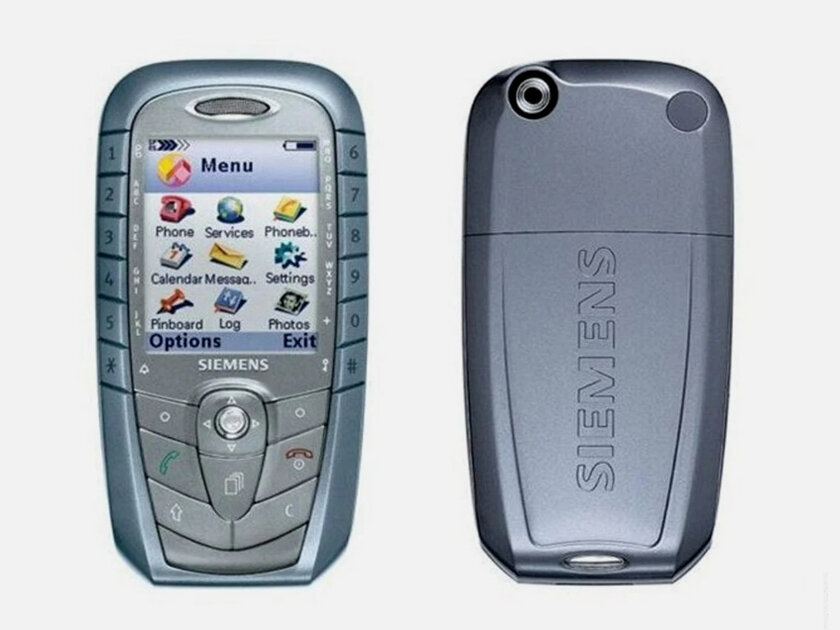
One of the most desired devices of its time. The device was relatively affordable – with characteristics similar to the Nokia 6600, it could be bought 20-30% cheaper. However, the “purebred” German differed from the Finnish competitor with an outdated version of Symbian, which many applications and games did not use. But this unfortunate misunderstanding was more than offset by the extraordinary appearance of the gadget. Of course, playing on it was not very convenient due to the spread of the number keys on the sides of the screen. But, to be honest, mobile gaming enthusiasts at that time did not really stop it.
To the point:
Sony Ericsson P990i (2006)
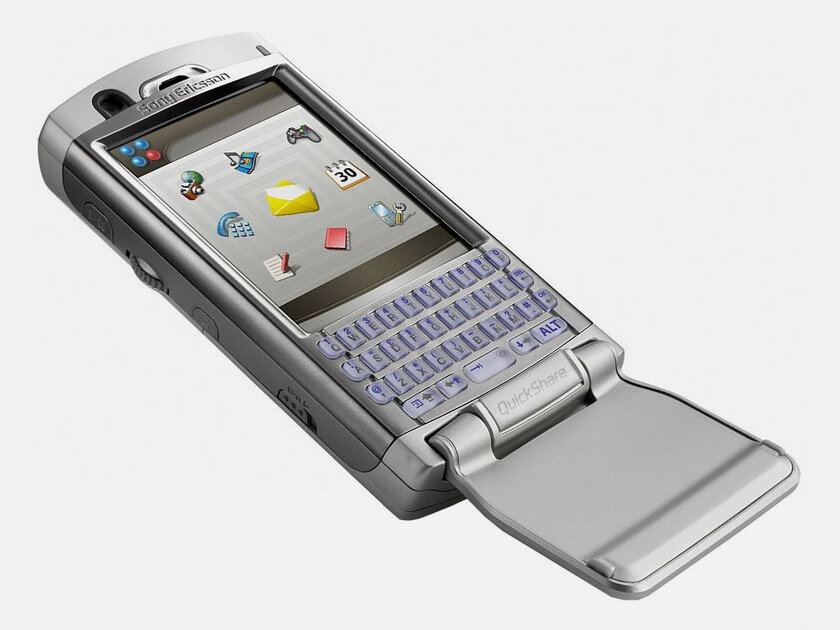
The Sony Ericsson P990i is a cool reimagining of the Sony Ericsson P800, which also made it into this collection. More than once I heard contemporaries call this device the best smartphone on the market. He really had strengths, which include an excellent set of hardware features, including a good quality touch screen. However, the gadget worked on a branch of the operating system called UIQ, which partly repeated the capabilities of early handheld computers with resistive touch screens. Due to the mediocre distribution, there was not so much software for it – Nokia simply ignored the platform, using its own for its touch gadgets.
▶︎ Fact: Usually the physical QWERTY-keyboard on the gadgets from this line was located exactly on the hinged cover – thus it was possible to use the screen of the maximum size, as in the Sony Ericsson P910. It is strange that in the more modern P990i they decided to sacrifice part of the display in order to move the buttons to the main plane of the case.
Samsung G810 (2008)
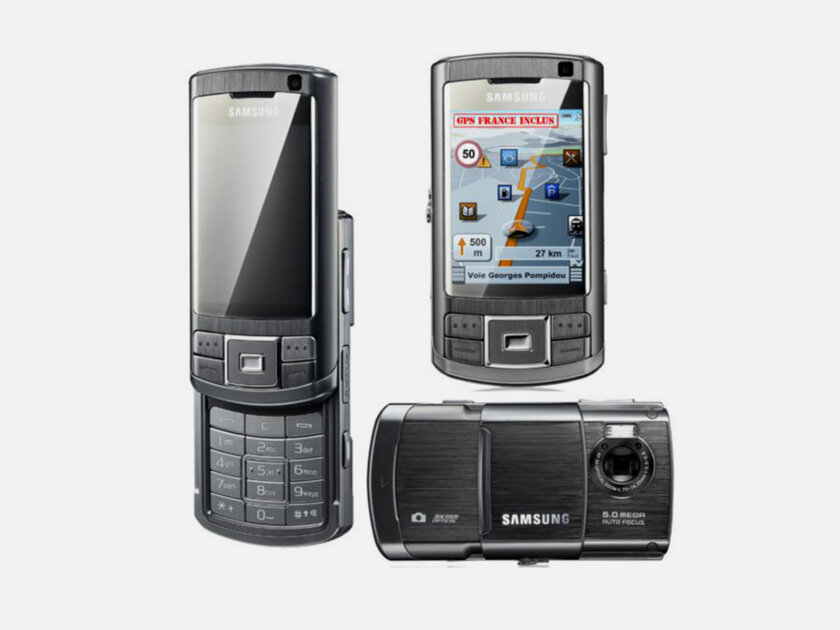
Yes, Symbian-based push-button smartphones were released even after the release of the first iPhone, which eventually turned the industry around. This is not surprising, because at that time few believed in the promise of touch screens. Some considered them not very convenient in daily use. Moreover, this particular device had a number of important advantages, including a better digital camera, which was triggered by the movement of a protective cover on the rear panel. The smartphone was also a slider, which at that time clearly carried additional value.
Samsung i8510 INNOV8 (2008)
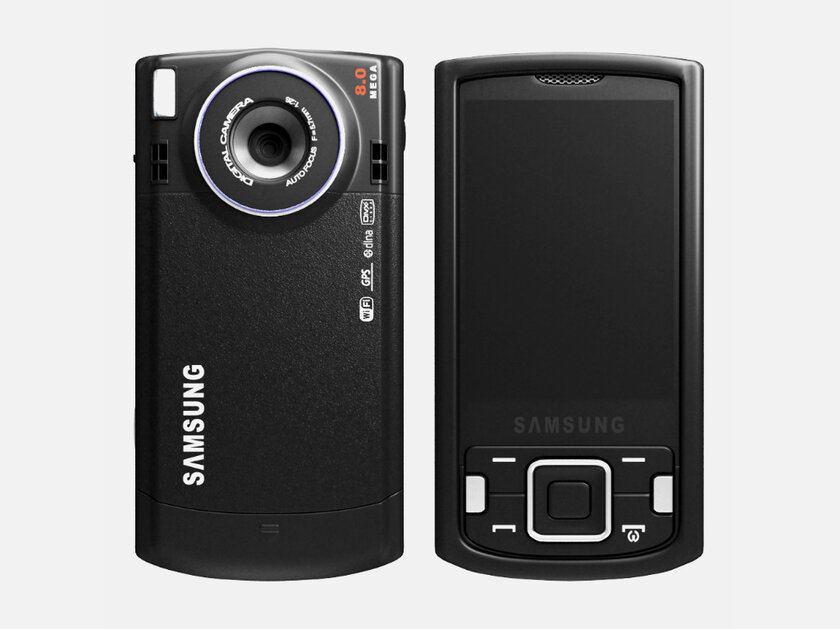
This device even outwardly looked very much like its main competitor – Nokia N95 (we are talking about the 8 GB version, which was offered in black). At one time, the device was really incredibly interesting and worthy of the highest attention. The only thing that some manufacturers sin even today is that at the start of sales it was equipped with rather crude software, in which all sorts of problems were encountered every now and then. Some applications constantly crashed, the camera could crash right during the shooting, the music did not always play correctly. All this was eventually corrected, but not without sediment.
LG KT610 (2008)
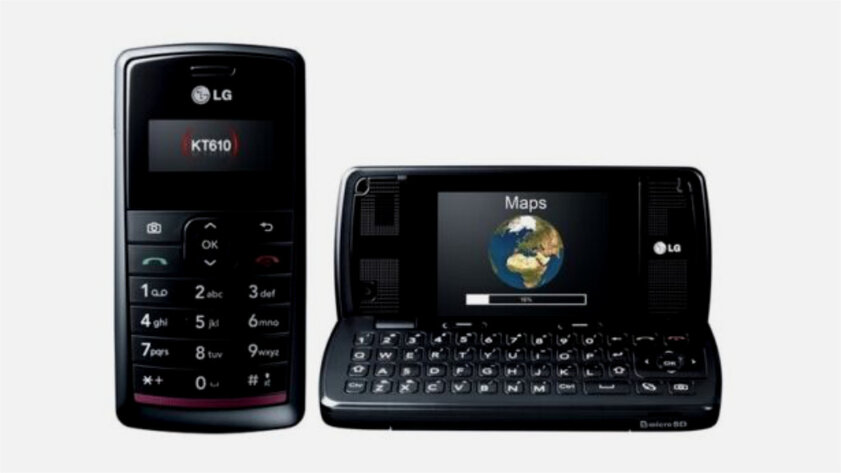
One of my most coveted devices at that time was the Nokia 9500 foldable smartphone, the inside of which pleased with a huge 4.5-inch screen and a full QWERTY keyboard by the standards of those years. It is a pity that it was too expensive, so not everyone could afford it. After a couple of years, LG got a worthy more affordable alternative with a similar set of features in an extremely compact package and even with built-in navigation. When folded, the device looked like the most ordinary dialer, but everything changed when it opened.
Samsung i8910 Omnia HD (2009)
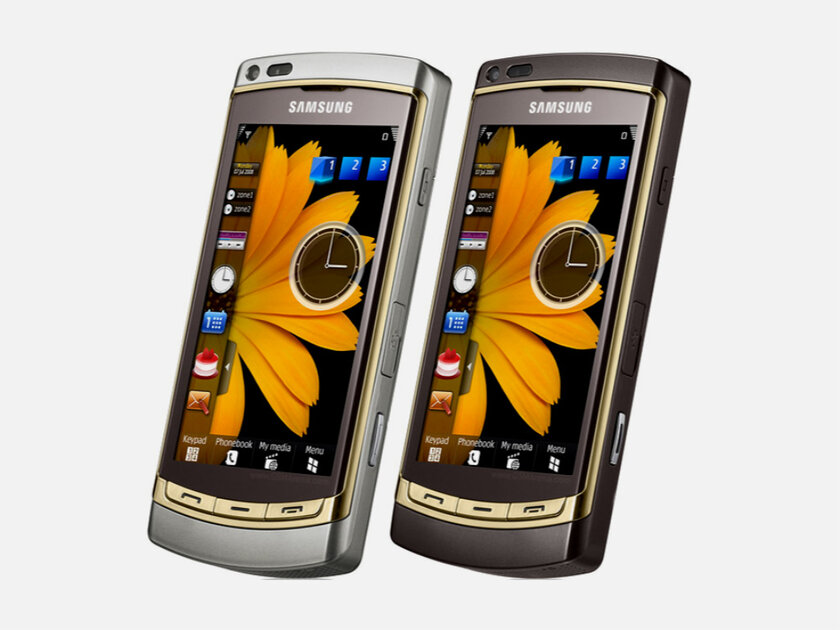
One of the coolest smartphones based on the Symbian operating system, which even Nokia could not compete with at one time. The device differed from competitors with a chic AMOLED screen, as well as an incredible camera with which you could record video at resolutions up to 720p (no other device could boast of anything like this before). The software package included an excellent video player that was head and shoulders above competitors’ software solutions.
▶︎ Fact: if this device worked on the basis of the Android operating system, it would definitely be in high demand for at least another two to three years. However, as the market took a new path for itself, the device actually became the main one for the Samsung Galaxy S line (although the first gadgets from it were not of the same quality in all respects).
Sony Ericsson Satio (2009)
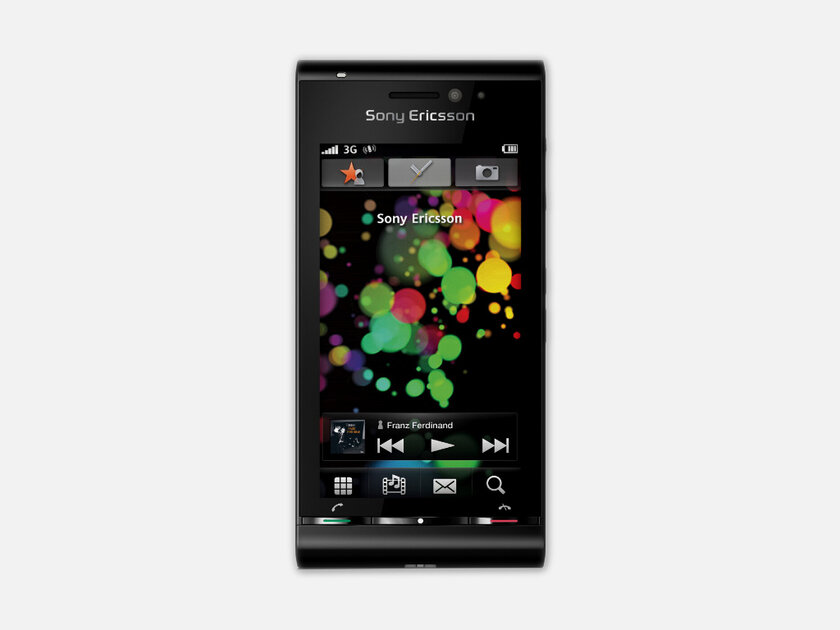
A truly multimedia mobile device. The manufacturer sharpened it for the highest quality listening to music, convenient video viewing, as well as shooting in high resolution. Among other things, on the side of the device for working with the built-in camera there was a separate shutter button. Moreover, the gadget was also interesting using a xenon flash, which was a rarity for its time. It is curious that this is the first mobile device of the manufacturer that does not support the UIQ platform, which he actively promoted at one time. However, Sony Ericsson stayed behind Symbian for a very short time – only until 2009.
LG KT770 (2009)
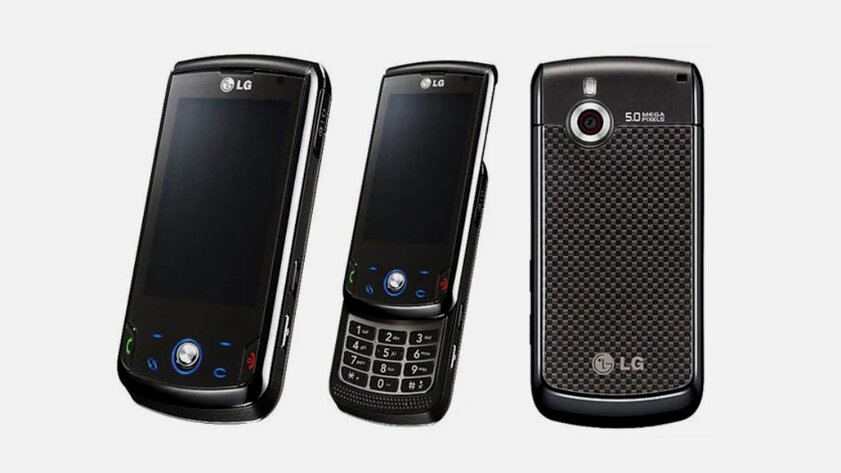
Of course, even in 2009, not everyone wanted to use smartphones with touch screens. It was for them that LG released this model – a classic slider based on a well-known operating system. The device was quite ordinary and did not differ in anything special – a strong middle peasant, which they simply used with pleasure.
Sony Ericsson Vivaz (2010)
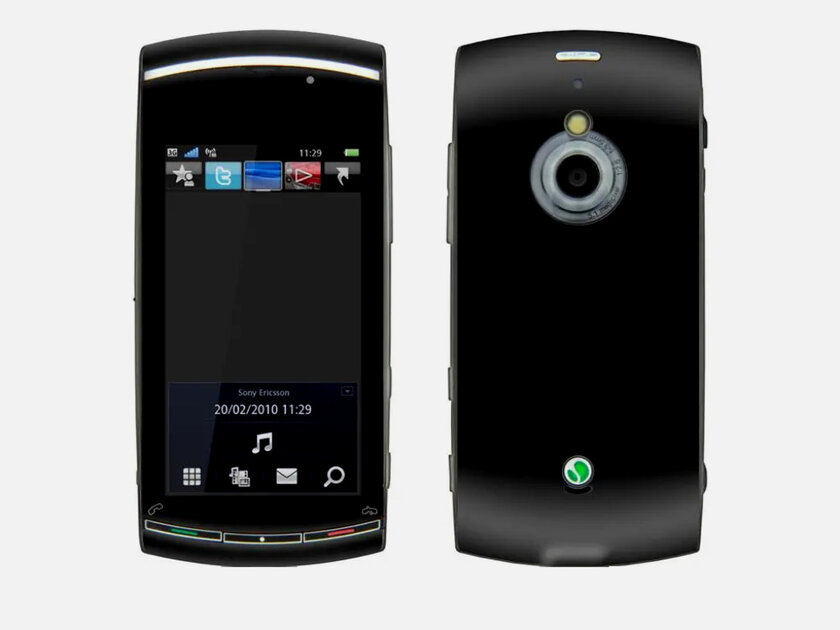
In principle, this particular gadget can be considered the last smartphone of the manufacturer based on the Symbian operating system. After him, the company completely and completely (the entire market actually did the same) went to Android. Like the Satio, it was designed for filming, watching videos and listening to music. Curiously, the device even had a Pro version, which featured a physical QWERTY keyboard. Yes, it was still considered something really useful at the time. How much has changed…
Source: Trash Box
Charles Grill is a tech-savvy writer with over 3 years of experience in the field. He writes on a variety of technology-related topics and has a strong focus on the latest advancements in the industry. He is connected with several online news websites and is currently contributing to a technology-focused platform.






